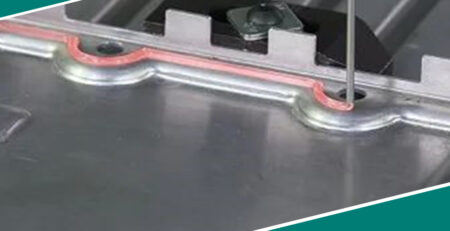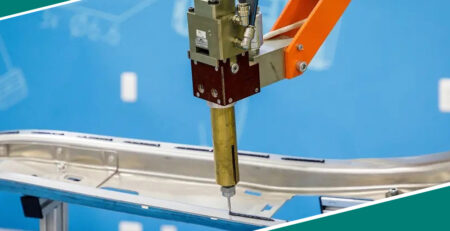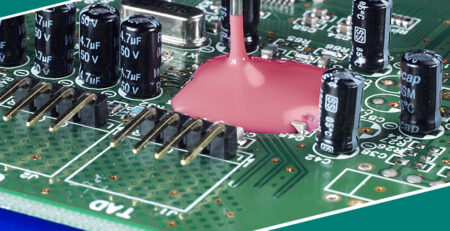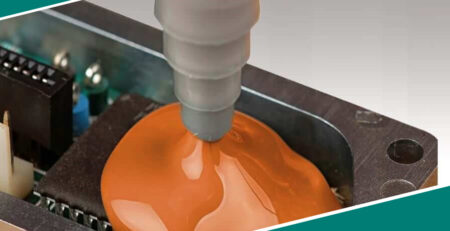A Guide to Selecting Suitable Automatic Fire Extinguishing Materials for Adhesives: Comprehensive Consideration and Technical Analysis
A Guide to Selecting Suitable Automatic Fire Extinguishing Materials for Adhesives: Comprehensive Consideration and Technical Analysis
In modern industry and daily life, adhesives, as an indispensable bonding material, are widely used in various fields. From the precise assembly of electronic devices to the stable connection of building structures, the performance of adhesives directly affects product quality and engineering safety. However, adhesives are usually flammable, and once a fire occurs, it may spread rapidly, causing serious losses. Therefore, it is crucial to select suitable automatic fire extinguishing materials for adhesives, which not only concerns fire prevention safety but also involves multiple aspects such as product performance, cost control, and environmental protection. This article will deeply explore all the key factors that need to be considered when selecting automatic fire extinguishing materials, providing a comprehensive technical guide for relevant industries.
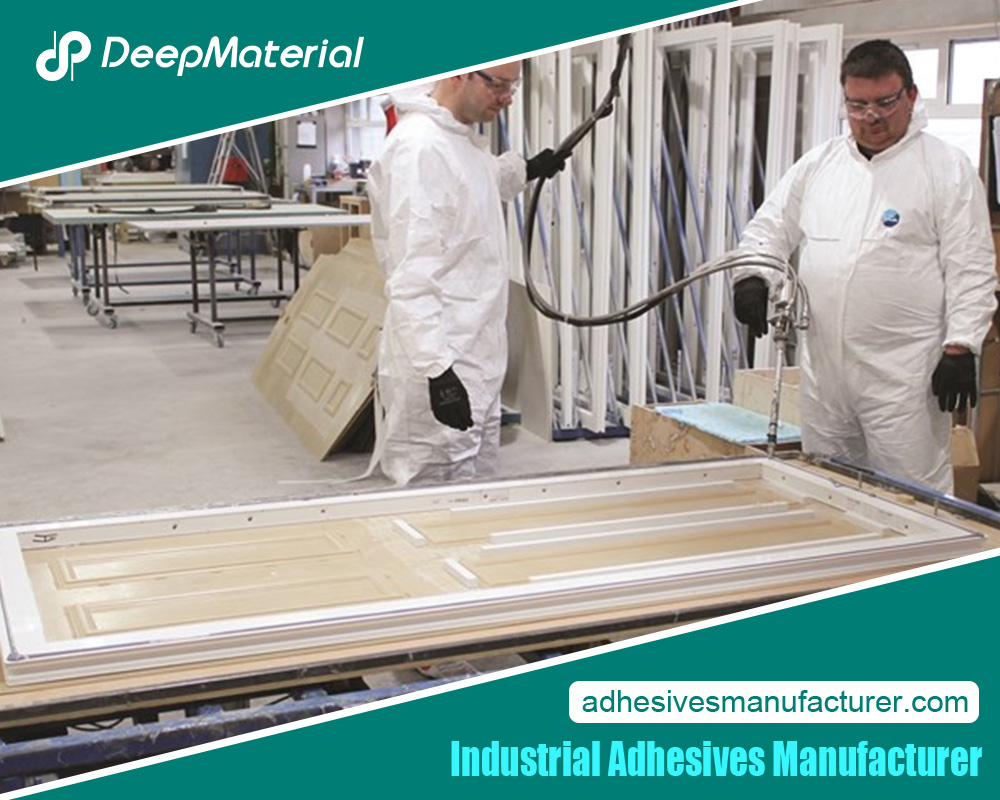 Characteristics of Adhesives
Characteristics of Adhesives
Composition
The composition of adhesives is the foundation for selecting automatic fire extinguishing materials. Adhesives with different compositions have unique chemical properties, which determine their compatibility with fire extinguishing materials. Common types of adhesives on the market currently include epoxy resin adhesives, acrylate adhesives, polyurethane adhesives, etc.
- Epoxy Resin Adhesives: Epoxy resin adhesives are renowned for their high strength, chemical corrosion resistance, and good insulation properties. They usually consist of epoxy resin and a curing agent, forming a three-dimensional network structure during the curing process. For epoxy resin adhesives, halogen-containing flame retardants were once commonly used additives for fire extinguishing materials because they can release hydrogen halide gases during combustion, capturing free radicals in the flame and thus inhibiting the combustion reaction. However, with the improvement of environmental protection requirements, the use of halogen-containing flame retardants has been restricted because they will generate toxic and harmful gases during combustion. Now, some halogen-free flame retardants, such as phosphorus-nitrogen-based flame retardants, are gradually becoming alternatives for epoxy resin adhesives. Phosphorus-nitrogen-based flame retardants will form an intumescent char layer when heated, isolating oxygen and heat to achieve the purpose of flame retardancy.
- Acrylate Adhesives: Acrylate adhesives have the characteristics of fast curing speed and high bonding strength, and are widely used in the bonding of materials such as plastics and metals. Different types of acrylate adhesives, such as anaerobic adhesives and UV-curable adhesives, also have different requirements for automatic fire extinguishing materials. For example, phosphorus-based flame retardants have good compatibility with some acrylate adhesives because phosphorus-based flame retardants can exert good flame retardant effects at a relatively low addition amount, and have little impact on the curing performance of the adhesives. In addition, some silicone-based flame retardants can also be used in acrylate adhesives. They can not only improve the flame retardant performance of the adhesives but also enhance the flexibility and weather resistance of the adhesives.
- Other Types of Adhesives: Polyurethane adhesives have excellent flexibility and wear resistance and are commonly used in the bonding of materials such as leather and rubber. For polyurethane adhesives, selectable automatic fire extinguishing materials include melamine cyanurate (MCA), etc. MCA is a nitrogen-based flame retardant that will decompose to produce ammonia gas and cyanuric acid at high temperatures. The ammonia gas can dilute the oxygen in the air, and the cyanuric acid will form a char layer to play a flame retardant role. In addition, some inorganic flame retardants, such as magnesium hydroxide and aluminum hydroxide, can also be used in polyurethane adhesives. They reduce the surface temperature of the material through endothermic decomposition, thus achieving the flame retardant effect.
Performance Requirements
The performance requirements of adhesives are another important factor to be considered when selecting automatic fire extinguishing materials, especially for adhesives used in some special environments, which have higher requirements for the performance of fire extinguishing materials.
- High Temperature Environment: If the adhesive is used in a high-temperature environment, such as in aerospace, automotive engines, and other fields, it is necessary to select materials that can withstand high temperatures and still have fire prevention effects under such conditions. Inorganic flame retardant fillers, such as talc powder and mica powder, can be used in high-temperature adhesives. These inorganic flame retardant fillers have high thermal stability and can maintain structural stability at high temperatures. At the same time, they can also play a role in heat insulation, reducing the heat transfer rate. In addition, some ceramic powders can also be used as automatic fire extinguishing materials for high-temperature adhesives. They will form a ceramic layer at high temperatures, which has good fire prevention and heat insulation properties.
- Low Temperature Environment: For adhesives used in low-temperature environments, such as cold storage and polar equipment, the automatic fire extinguishing materials are required to still maintain good performance at low temperatures. Some organic flame retardants may become brittle at low temperatures, affecting the flexibility and bonding strength of the adhesives. Therefore, some flame retardants with good low-temperature performance can be selected, such as certain fluoropolymers. Fluoropolymers have a low glass transition temperature and can still maintain flexibility at low temperatures. At the same time, they also have good flame retardant performance.
- Humid Environment: For adhesives used in humid environments, such as in ships, building waterproofing, and other fields, the automatic fire extinguishing materials need to have good water resistance. Some water-soluble flame retardants may be dissolved by water in a humid environment, thus losing their flame retardant effect. Therefore, water-insoluble flame retardants should be selected, such as certain organic phosphorus flame retardants and inorganic flame retardants. These flame retardants can exist stably in a humid environment, ensuring the fire prevention performance of the adhesives.
Performance of Automatic Fire Extinguishing Materials
Flame Retardant Performance
The flame retardant performance is the core performance of automatic fire extinguishing materials, and determining the required flame retardant grade according to the application scenario is the key to selecting fire extinguishing materials. Currently, commonly used flame retardant grade standards include the UL94 standard, GB/T 2408 – 2008, etc.
- UL94 Standard: The UL94 standard is a standard for the flammability performance of plastic materials formulated by Underwriters Laboratories in the United States. Among them, V – 0, V – 1, and V – 2 grades are common flame retardant grades. The V – 0 grade requires the material to self-extinguish within 10 seconds, and the drips should not ignite the absorbent cotton; the V – 1 grade requires the material to self-extinguish within 30 seconds, and the drips should not ignite the absorbent cotton; the V – 2 grade requires the material to self-extinguish within 30 seconds, but the drips can ignite the absorbent cotton. For some occasions with high fire prevention requirements, such as electronic device casings and building interiors, it is usually necessary to select automatic fire extinguishing materials that reach the V – 0 flame retardant grade.
- GB/T 2408 – 2008 Standard: This standard is a standard for the test methods of the flammability performance of plastics in China. Similar to the UL94 standard, it is also divided into different flame retardant grades. When selecting automatic fire extinguishing materials, the required flame retardant grade should be determined according to relevant standards in China and the actual application scenario. For example, in the construction field, according to different building parts and fire prevention requirements, there are clear regulations on the flame retardant grades of adhesives and their automatic fire extinguishing materials. For some public places, such as shopping malls and hotels, the adhesives and their automatic fire extinguishing materials used are required to have a high flame retardant grade to ensure the safety of personnel and property.
- Flame Retardant Mechanism: The flame retardant mechanisms of automatic fire extinguishing materials mainly include gas-phase flame retardancy, condensed-phase flame retardancy, and heat exchange interruption flame retardancy. Gas-phase flame retardancy means that the flame retardant releases non-combustible gases during combustion, diluting the oxygen in the air and thus inhibiting the combustion reaction; condensed-phase flame retardancy means that the flame retardant forms a dense char layer on the surface of the material, isolating oxygen and heat and preventing the combustion from continuing; heat exchange interruption flame retardancy means that the flame retardant reduces the surface temperature of the material through endothermic decomposition or sublimation, etc., thus achieving the purpose of flame retardancy. When selecting automatic fire extinguishing materials, it is necessary to select materials with appropriate flame retardant mechanisms according to the characteristics of the adhesives and the application scenarios. For example, for some adhesives with high flammability, fire extinguishing materials with both gas-phase and condensed-phase flame retardant effects can be selected to improve the flame retardant effect.
Stability
The automatic fire extinguishing materials should remain stable during the storage and use of the adhesives, and should not be easily decomposed or volatilized, which is directly related to the long-term fire prevention performance of the adhesives.
- Chemical Stability: Some organic flame retardants may decompose due to chemical reactions with the components of the adhesives during long-term storage, resulting in a decrease in fire prevention performance. For example, certain organic phosphorus flame retardants may undergo hydrolysis reactions under acidic or alkaline conditions and lose their flame retardant effects. Therefore, when selecting automatic fire extinguishing materials, it is necessary to consider their chemical compatibility with the components of the adhesives and select materials with good chemical stability. For some adhesives with high requirements for chemical stability, such as adhesives used in the electronics industry, inorganic flame retardants can be selected because inorganic flame retardants usually have good chemical stability and are not likely to react with the components of the adhesives.
- Thermal Stability: During the use of the adhesives, they may be affected by high temperatures. Therefore, the automatic fire extinguishing materials need to have good thermal stability. Some organic flame retardants may decompose or volatilize at high temperatures, reducing their fire prevention performance. For example, certain halogen-containing flame retardants will release toxic and harmful gases at high temperatures and decompose themselves. In contrast, inorganic flame retardants such as magnesium hydroxide and aluminum hydroxide have a high thermal decomposition temperature and can exist stably at high temperatures, ensuring the fire prevention performance of the adhesives. In addition, some high-temperature-resistant organic flame retardants, such as polyimide flame retardants, can also be used in adhesives in high-temperature environments. They have good thermal stability and flame retardant performance.
- Light Stability: For adhesives used in outdoor environments, the automatic fire extinguishing materials also need to have good light stability. Some organic flame retardants may degrade under the irradiation of ultraviolet light, resulting in a decrease in fire prevention performance. Therefore, light stabilizers can be added or flame retardants with light stability performance can be selected, such as certain flame retardants with a hindered amine structure. These flame retardants can absorb ultraviolet light and prevent it from damaging the adhesives and fire extinguishing materials, ensuring the long-term fire prevention performance of the adhesives in outdoor environments.
Application Scenarios
Industrial Field
- Electronics Industry: In the electronics industry, adhesives are commonly used for the bonding and encapsulation of electronic components. Since electronic devices have high requirements for the environment, the automatic fire extinguishing materials are required to have characteristics such as low smoke and halogen-free to avoid corrosion or other damages to the electronic devices. For example, in the manufacturing process of printed circuit boards (PCBs), the adhesives and their automatic fire extinguishing materials used need to meet strict environmental protection and performance requirements. Halogen-free flame retardants, such as phosphorus-nitrogen-based flame retardants and silicone-based flame retardants, are commonly used automatic fire extinguishing materials in the electronics industry. These flame retardants not only have good flame retardant performance but also can meet the requirements of low smoke and halogen-free, and will not have a negative impact on the performance and reliability of electronic devices. In addition, some nanomaterials, such as nanomontmorillonite and carbon nanotubes, can also be used as automatic fire extinguishing materials for adhesives in the electronics industry. Nanomaterials have unique physical and chemical properties and can improve the flame retardant performance of adhesives while also improving other properties of the adhesives, such as mechanical properties and electrical properties.
- Automotive Industry: In the automotive industry, adhesives are used in automotive interiors, body structure bonding, and other parts. Automotive interior materials need to meet strict fire prevention and environmental protection requirements to ensure the safety of passengers. For adhesives used in automotive interiors, selectable automatic fire extinguishing materials include melamine cyanurate (MCA), magnesium hydroxide, aluminum hydroxide, etc. These flame retardants have good flame retardant performance and environmental protection performance and can meet the fire prevention requirements of automotive interior materials. In terms of body structure bonding, since the vehicle will be subjected to external forces such as vibration and impact during driving, the adhesives and their automatic fire extinguishing materials are required to have good mechanical properties and durability. Some high-performance flame retardants, such as phosphorus-containing polyurethane flame retardants and silicone-modified flame retardants, can be used in adhesives for body structures. They can improve the fire prevention performance and durability of the adhesives while ensuring the bonding strength of the adhesives.
- Aerospace Industry: The aerospace industry has extremely high requirements for the performance of adhesives and their automatic fire extinguishing materials. They not only require good fire prevention performance but also need to have characteristics such as light weight, high temperature resistance, and radiation resistance. In the aerospace field, commonly used automatic fire extinguishing materials include ceramic fibers, aramid fibers, etc. These materials have the characteristics of high strength, high temperature resistance, and low density, which can reduce the weight of aircraft or spacecraft while ensuring fire prevention performance. In addition, some high-performance organic flame retardants, such as polyimide flame retardants and polybenzimidazole flame retardants, can also be used in adhesives for aerospace applications. These flame retardants have excellent high-temperature resistance and flame retardant performance and can meet the strict requirements of the aerospace industry for adhesives.
Construction Field
- Building Structure Bonding: For adhesives used in building structure bonding, their automatic fire extinguishing materials need to meet the requirements of building fire prevention codes and also consider the weather resistance of the materials in outdoor environments. In building structures, common types of adhesives include epoxy resin adhesives and polyurethane adhesives. For these adhesives, selectable automatic fire extinguishing materials include magnesium hydroxide, aluminum hydroxide, intumescent flame retardants, etc. Magnesium hydroxide and aluminum hydroxide are commonly used inorganic flame retardants, which reduce the surface temperature of the material through endothermic decomposition to achieve the flame retardant effect. Intumescent flame retardants will form an intumescent char layer when heated, isolating oxygen and heat and having good fire prevention performance. In addition, in order to improve the weather resistance of the automatic fire extinguishing materials in outdoor environments, their surface can be treated, such as coating a layer of silicone resin or fluorocarbon resin to enhance their resistance to ultraviolet light, acid, and alkali.
- Building Interior Decoration: In building interior decoration, adhesives are used to paste materials such as wallpaper, flooring, and ceilings. Since building interior materials are in close contact with people, the adhesives and their automatic fire extinguishing materials are required to be non-toxic, odorless, and have low smoke. For adhesives used in building interiors, selectable automatic fire extinguishing materials include inorganic flame retardants and halogen-free flame retardants. Inorganic flame retardants such as talc powder and mica powder not only have certain flame retardant performance but also have the characteristics of being non-toxic and odorless. Halogen-free flame retardants such as phosphorus-nitrogen-based flame retardants and silicone-based flame retardants can meet the environmental protection requirements of low smoke and halogen-free and will not have a negative impact on the indoor air quality. In addition, some environmentally friendly flame retardants, such as plant-based flame retardants, are gradually being applied to adhesives for building interiors. Plant-based flame retardants are prepared from natural plants and have the advantages of being renewable and environmentally friendly.
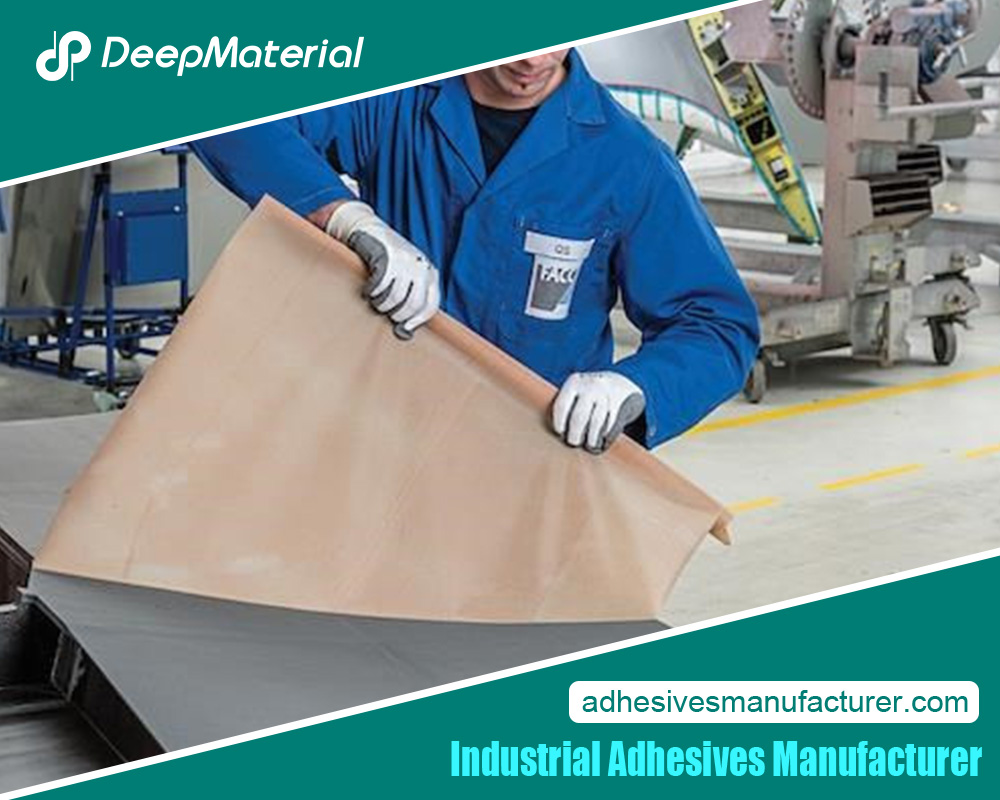 Cost and Environmental Protection Requirements
Cost and Environmental Protection Requirements
Cost
Considering the impact of material costs on the production costs of adhesives while meeting performance requirements is a factor that cannot be ignored when selecting automatic fire extinguishing materials. The prices of different types of automatic fire extinguishing materials vary greatly, so it is necessary to find a balance between performance and cost.
- Material Cost: Some high-performance fluorine-containing flame retardants have a high cost. Although they have excellent flame retardant performance, they may increase the production cost of adhesives when applied on a large scale. In contrast, some common flame retardants, such as magnesium hydroxide and aluminum hydroxide, have a lower cost and have certain flame retardant performance, which is suitable for application scenarios where cost is a concern. When selecting automatic fire extinguishing materials, materials with a higher cost-performance ratio can be selected according to the performance requirements of the adhesives and market demand. For example, for some common building adhesives, magnesium hydroxide or aluminum hydroxide can be selected as automatic fire extinguishing materials, which can not only meet the fire prevention requirements but also control the cost.
- Addition Amount: The addition amount of automatic fire extinguishing materials will also affect the production cost of adhesives. Some flame retardants can exert good flame retardant effects at a relatively low addition amount, while others may require a higher addition amount. For example, phosphorus-based flame retardants usually can achieve a better flame retardant effect at a lower addition amount, while some inorganic flame retardants may need a higher addition amount to meet the flame retardant requirements. When selecting automatic fire extinguishing materials, the impact of their addition amount on the performance and cost of the adhesives needs to be considered. If a flame retardant is relatively expensive but has a low addition amount and can meet the performance requirements of the adhesives, from the perspective of the overall cost, it may still be a suitable choice.
- Production Process: The production process of automatic fire extinguishing materials will also affect their cost. Some complex production processes will increase the production cost of the materials, while some simple production processes have a lower cost. When selecting automatic fire extinguishing materials, materials with a simple production process and low cost can be considered. In addition, the production cost of automatic fire extinguishing materials can also be reduced by optimizing the production process. For example, when preparing flame-retardant adhesives by the blending method, the dispersion of the flame retardant in the adhesive can be improved by optimizing the blending process, thereby reducing the addition amount of the flame retardant and reducing the production cost.
For more about a complete guide to a guide to selecting suitable automatic fire extinguishing materials for adhesives: comprehensive consideration and technical analysis, you can pay a visit to Deepmaterial at https://www.adhesivesmanufacturer.com/ for more info.



